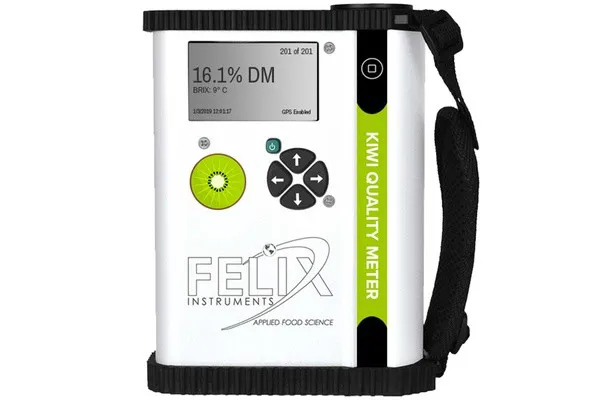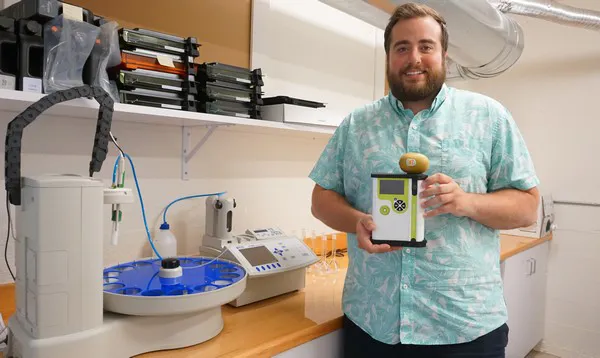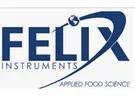While the pandemic brought challenging times for growers and shippers, it has also sparked new ideas for the industry. One area where innovation is being seen is in kiwifruit quality testing.
Adding to its line of single-commodity devices—which include those for avocado and mango—Camas, Washington based Felix Instruments has introduced the F-751 Kiwifruit Quality Meter.
The idea was born with the realization that there were no existing back up strategies for kiwifruit testing, particularly in New Zealand where rounds of testing are done before maturity clearance is approved to harvest. “Last year during COVID-19, there were backups in quality testing and people were waiting days, even weeks, for results,” says Galen George, a key member of the team that developed this meter. “And time is of the essence when you’re trying to figure out when to harvest.”

According to Felix Instruments, the F-751 Kiwifruit Quality Meter was born out of the realization that there were no back up strategies for kiwifruit testing, particularly in New Zealand where rounds of testing are done before maturity clearance is approved to harvest.
Measuring multiple varieties
Enter the F-751, a portable, handheld near-infrared device that gives results in seconds using non-destructive methods. “We have three different cultivars it accommodates with this predictive analysis,” says George. “Gold3 kiwifruit can be assessed for dry matter, Brix and internal hue. Hayward kiwifruit are measured for dry matter and Brix, and Red19, because it’s the newest cultivar on the market, will also be dry matter and Brix.” For the Red19, the F-751 can also measure internal hue--however the industry has yet to determine whether that is going to be a quality parameter it wants to incorporate.
To use the devices, the fruit can stay connected to the vine while scanning the fruit. “This way you’re getting a glimpse of the internal bio characteristics of the fruit--the instrument runs the raw information through a robust predictive model and produces a data-driven prediction for the desired quality parameters” says George.
 Galen George with the F-751 Kiwifruit Quality Meter.
Galen George with the F-751 Kiwifruit Quality Meter.
Pulling together data
Gathering the immense amount of data necessary to build the models was the largest hurdle in developing this device, given the time and geography involved--the data was collected over two seasons in partnership with Start Afresh Ltd. in multiple regions including South Korea, New Zealand, Italy, the U.S. and more. “With data from these regions across multiple seasons, there’s a lot of variation we were able to incorporate. The more variation you can incorporate into your model, the better it’s going to perform in predicting future seasons,” says George.
Timing an optimal harvest is just one way the device can benefit growers. “It also lets growers potentially avoid early testing fees when their fruit is ahead of maturity. By using the device to test along the way themselves, growers can hone in on the right time for final laboratory testing, ultimately saving time and resources.”
 For more information:
For more information:
Michael Williams
Felix Instruments
Tel: +1 (360) 833-8835 Ext. 208
mwilliams@cid-inc.com
https://felixinstruments.com/
